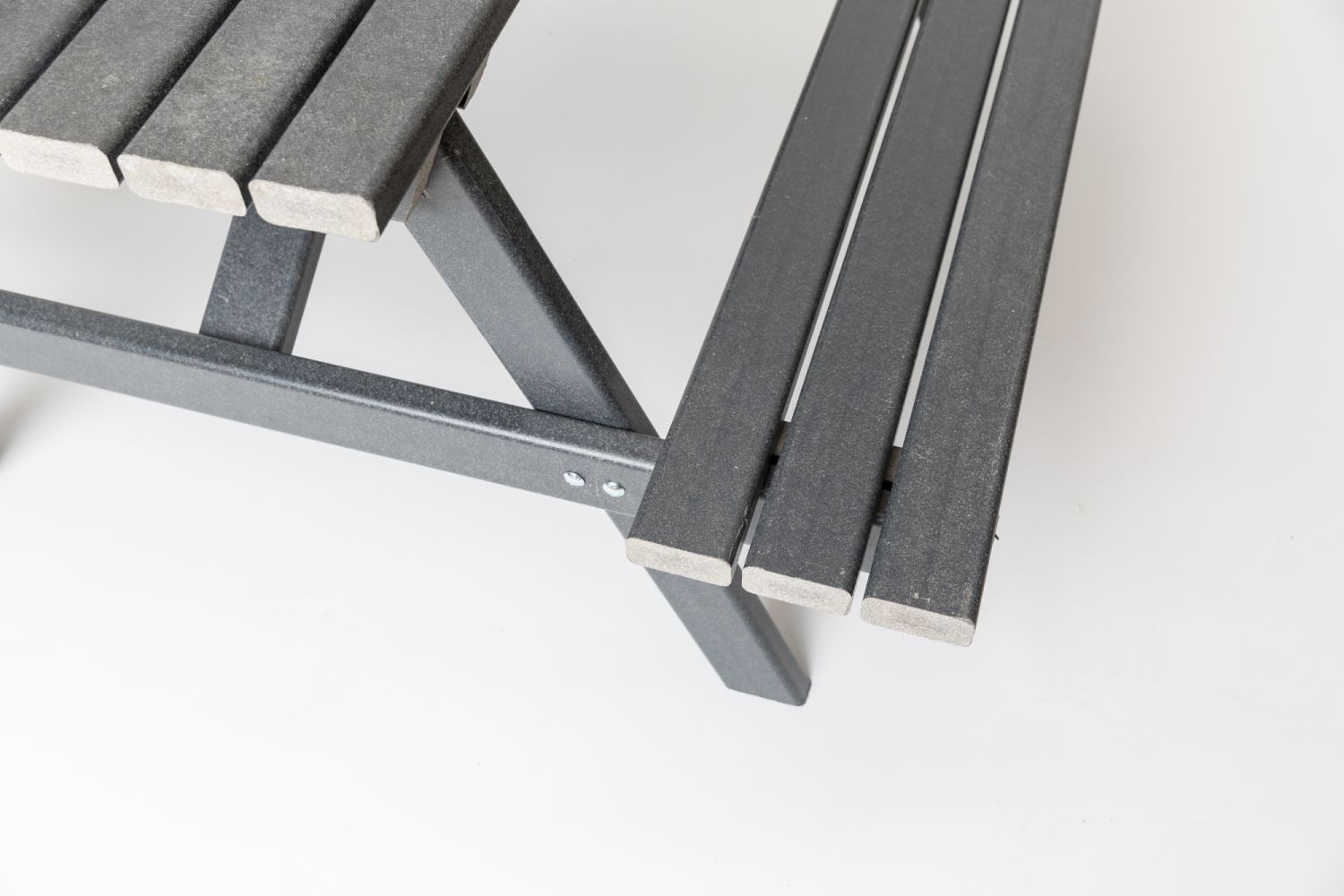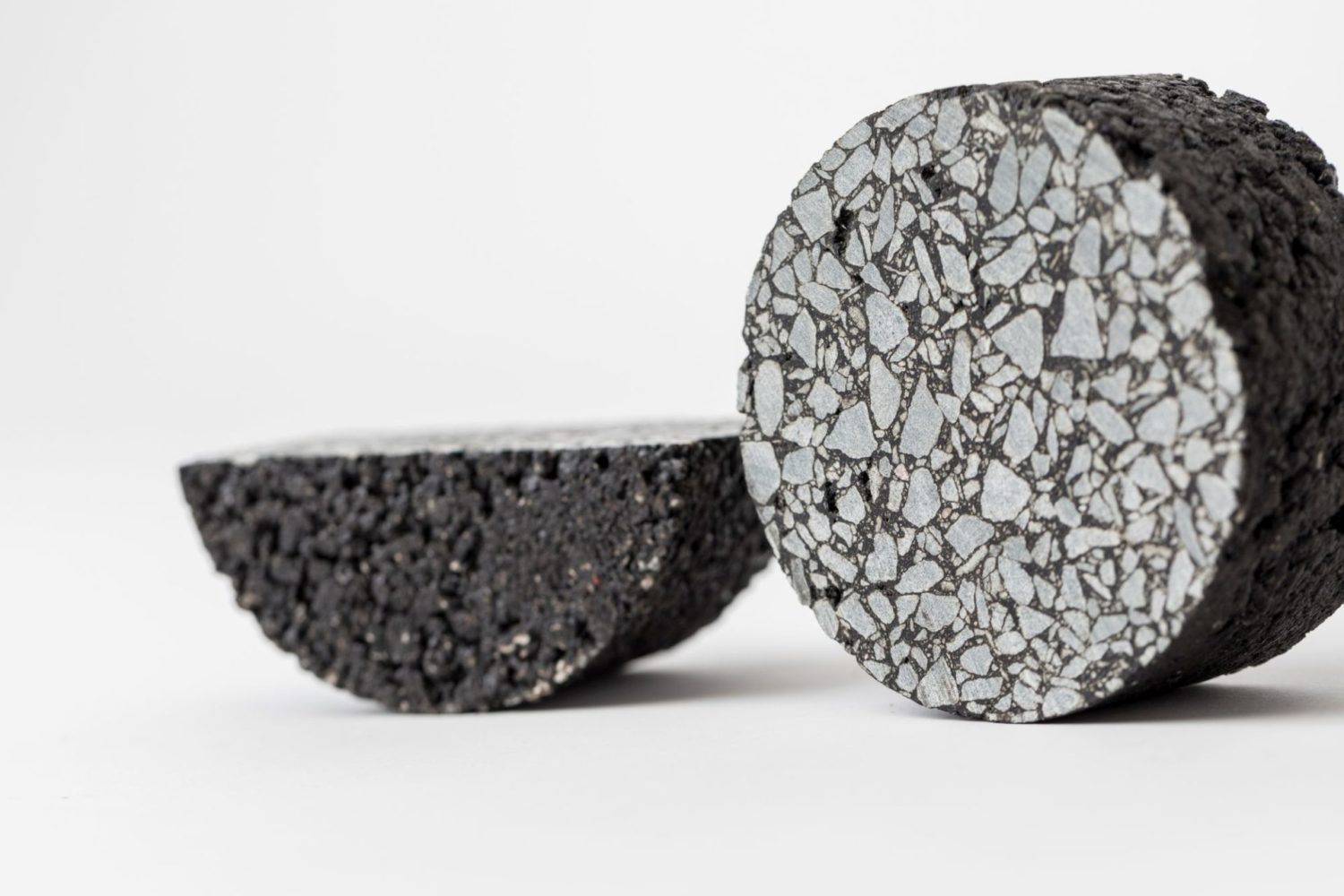It's in the road surface of the bike path. It's in the bench in the park. And it's in the textile your t-shirt is made of: cellulose is a versatile raw material. Several sectors apply it: construction & infra, agri and chemistry, to name a few.
But trees are cut down for the production of cellulose: harmful to the environment. That can and should be different, they think at Recell. Because Recell wants to contribute to a circular economy, where waste processors no longer exist: they have changed into suppliers of raw materials. Recell therefore makes cellulose not from trees, but from residual streams from industry, sewage and waste paper. Old paper is now only seventy-five percent recyclable; twenty million tons are burned or landfilled in Europe every year.
CO2 saving
Thanks to Recell, the remaining twenty-five percent, twenty million tons, can be reused. Every ton of Recell saves about 2 tons of CO2, so many millions of tons of CO2 can be saved.
Old paper begins a new life
Cartons from dairy and soft drinks, pizza boxes and labels on bottles and cans: waste processors receive huge quantities of waste paper. Some of it can be processed into new paper, but that stops at some point: after about seven cycles, the fibers are worn out, no longer suitable for making tomorrow's newspaper. But thanks to Recell Group's technology, these fibers can still be used to produce cellulose. Waste processors who deliver the old paper to Recell not only save costs, but also operate more sustainably: pure profit in terms of CSR and CSR.

Photo: Hans Mossel
Sewage: inexhaustible source of cellulose
We all flush a lot of toilet paper in the Netherlands: some 180,000 tons every year. That all ends up in the sewer, and thus at the RWZI (sewage treatment plant). Much sewage sludge is incinerated. That costs money (taxes on burning waste!), and it leads to CO2 emissions. But that can now be done more sustainably, because Recell Group smelled opportunities and developed a screening technology that fishes the paper fibers out of the sewage before it becomes sludge. This turns toilet paper into a source of cellulose that never runs out. Advantages abound: the WWTP saves costs, gains approximately ten percent in capacity and, by supplying the raw material cellulose, becomes part of the circular economy.
Asphalt made from toilet paper: that runs like clockwork
They probably don't even know it, but tens of thousands of cyclists and motorists ride daily on asphalt with cellulose from Recell. That rides like clockwork. Why is there cellulose in asphalt? Think of it as a kind of binding agent: cellulose holds the crushed stone, sand and bitumen together and keeps the ingredients evenly mixed. A homogeneous mixture, professionals call it. We find an appealing application in Fryslân: the asphalt around the RWZI near Harlingen is enriched with cellulose from Recell. Wherever the product is extracted, it is also applied.
Recell proves that circularity is possible by extracting the versatile raw material cellulose from waste streams and sewage water. Chemport Europe is well on its way to becoming a circular ecosystem.
Errit Bekkering, Business Developer NOM
Recell in green everyday products
Hauling a load of groceries. Planting an herb garden on your balcony or in your garden. Sitting in the sun on a park bench. At all these times, you may come across Recell products. Because Recell is processed in crates and boxes, flower pots and street furniture. Solid and durable.
Mix one part cellulose from Recell with three parts biopolyester, and you have prepared a plastic that is not only rock-solid, but also completely biodegradable. Opting for sustainable is now easier than ever: the plastic is in the form of pellets (granules), which are processable in standard injection molding machines used by the industry.
Chemport Europe: toward a circular ecosystem
Recell is part of the Chemport Europe partnership. Chemport Europe is the ecosystem of the Northern Netherlands in which agricultural companies, the chemical sector and knowledge institutions such as universities and colleges work together.
As different as these companies are, they all want one thing: to green chemistry. Changing the nature of chemistry, is the slogan with which Chemport Europe connects organizations within the region and brings companies from home and abroad to the North.
An essential part of greening is circularity. In a circular ecosystem, the chains are closed; there is no more waste, because what is a residual stream for one party is a valuable raw material for another.
Answer 4 simple questions to quickly find out if you may qualify for funding through NOM.
